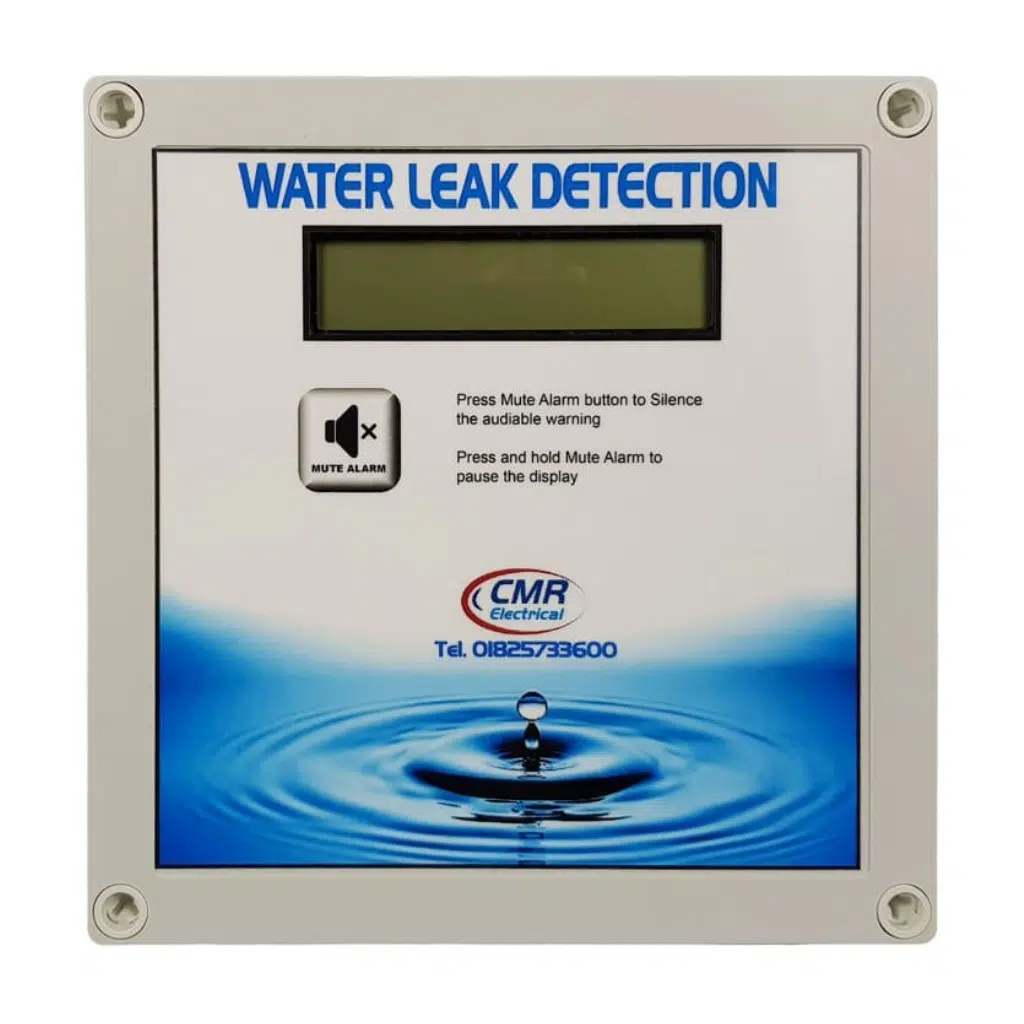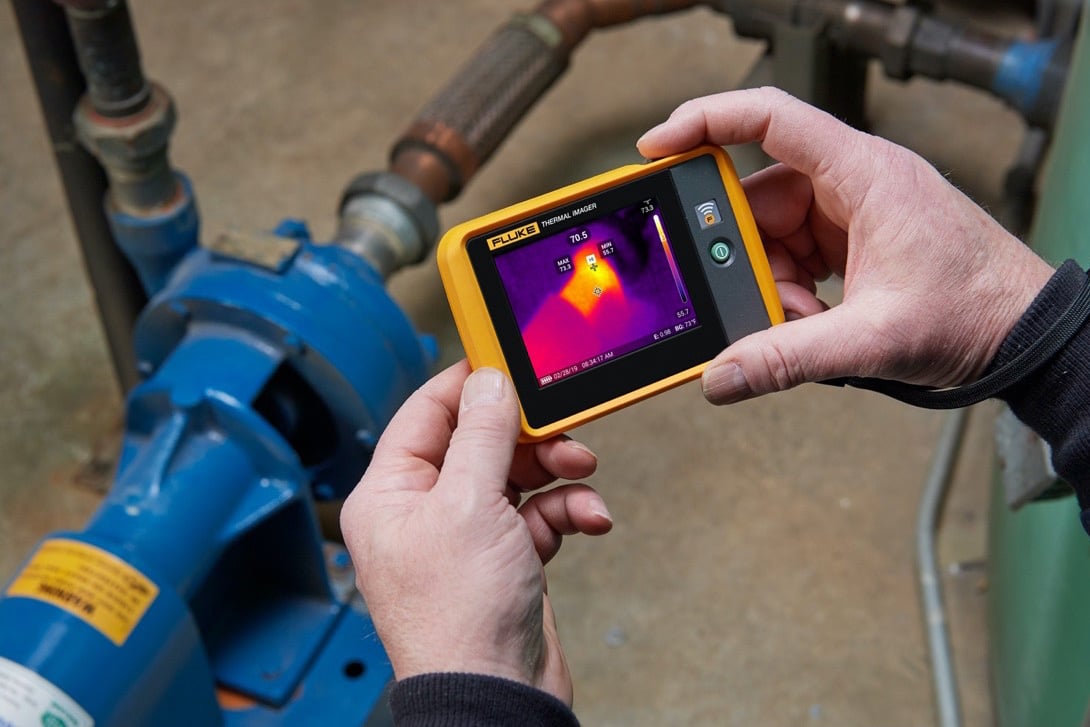Professional Water Leak Detection Solutions: Secure Your Home from Pricey Damage
Professional Water Leak Detection Solutions: Secure Your Home from Pricey Damage
Blog Article
Ingenious Solutions for Early Discovery of Water Leaks in Structures and Infrastructure
From advanced leak discovery modern technologies to the implementation of IoT sensors for real-time tracking, the landscape of leak prevention is progressing swiftly. Automated water circulation evaluation systems are improving just how leakages are recognized and resolved, leading the means for an aggressive strategy to water leakage discovery.
Advanced Leakage Detection Technologies
Advanced leak detection innovations, geared up with advanced sensors and algorithms, play a vital duty in quickly determining and pinpointing water leaks in various settings. These technologies employ a combination of acoustic, thermal, and electromagnetic picking up approaches to detect leakages precisely. Acoustic sensors spot the noise of leaving water, enabling precise localization of the leakage resource. Thermal imaging finds temperature level modifications brought on by water leak, giving one more effective method for leakage identification. Electromagnetic sensing units can determine changes in magnetic fields brought on by water, offering yet an additional layer of leakage detection capacity.

IoT Sensors for Real-Time Monitoring
In the world of modern-day water leak discovery, the assimilation of IoT sensing units for real-time monitoring represents a crucial advancement in enhancing positive leakage detection abilities. These sensing units offer constant surveillance of water supply, offering real-time data on water circulation prices, stress variants, and temperature changes. By leveraging IoT innovation, these sensors can discover also the tiniest abnormalities in water use patterns, enabling early identification of prospective leakages prior to they intensify right into significant issues.
IoT sensors transfer data to a central platform, where sophisticated formulas assess the information and create alerts or notifications when irregularities are found. This real-time surveillance ability enables residential or commercial property owners or facility managers to promptly deal with leaks, minimizing water damages, reducing repair costs, and preserving water sources.
In addition, IoT sensing units can be incorporated with structure management systems, permitting computerized responses to found leakages, such as shutting down water valves or turning on pumps to alleviate the effect of leakages. Generally, the application of IoT sensors for real-time surveillance considerably enhances the effectiveness and efficiency of water leakage detection in structures and infrastructure.
Artificial Intelligence Algorithms for Leak Forecast

One trick benefit of using machine understanding for leakage prediction is its capacity to constantly learn and boost its accuracy over time. As even more data is accumulated and fed into the formula, it can fine-tune its predictions and adjust to changing problems, ultimately raising the dependability of leakage detection systems.
Moreover, artificial intelligence formulas can help in recognizing subtle indicators of leaks that might go unnoticed by standard monitoring techniques. water leak detection. By analyzing complicated data embed in real-time, these algorithms can supply very early warnings and signals, enabling for this article punctual treatment and preventative maintenance to minimize potential water damages and linked expenses
Making Use Of Thermal Imaging for Leak Discovery
Thermal imaging innovation supplies a promising technique for discovering water leakages in various systems and facilities. By making use of infrared radiation and temperature variations, thermal imaging cameras can determine concealed leakages that are not easily visible to the nude eye. When water escapes from pipes or structures, it usually alters the temperature level of the bordering area, creating temperature differentials that thermal electronic blog cameras can capture. These temperature level irregularities are after that translated into visible pictures, highlighting the precise place of the leakage.
One of the key advantages of thermal imaging for leak discovery is its non-intrusive nature. Unlike typical techniques that might call for getting into walls or floors to locate leaks, thermal imaging allows for non-destructive screening. This not just conserves time and decreases costs but also decreases disturbance to the structure or facilities being evaluated. Additionally, thermal imaging can quickly check huge areas, offering a comprehensive overview of possible leakage sources in a timely fashion. On the whole, using thermal imaging innovation enhances the performance and precision of water leak detection, making it a valuable device for preserving the integrity of structures and facilities.
Automated Water Flow Evaluation Solutions
Just how can automatic water circulation analysis systems change the detection and monitoring of leaks in numerous systems and infrastructures? Automated water circulation analysis systems use a proactive technique to leakage detection by continually keeping an eye on water flow rates and patterns. By developing baseline data, these systems can promptly identify variances that might suggest a leakage, making it possible for timely treatment to prevent substantial damages.
These systems utilize sophisticated formulas to analyze real-time data and give immediate notifies when abnormalities are detected, permitting quick activity to be taken. Additionally, automated water flow evaluation systems can be incorporated with building monitoring systems or IoT platforms, improving general performance and allowing remote monitoring capabilities.
In addition, the information accumulated by these systems can be made use of for anticipating upkeep functions, assisting to determine prospective weak points in the infrastructure before leaks take place. On the whole, the execution of computerized water circulation analysis systems can considerably improve leakage discovery and administration methods, ultimately leading to cost savings, decreased water wastage, and raised sustainability in structures and facilities.

Verdict
Finally, the assimilation of advanced leak detection technologies, IoT sensors, device knowing formulas, thermal imaging, and automatic water circulation analysis systems uses ingenious options for very early detection of water leaks in buildings and infrastructure. These technologies make it possible for real-time surveillance, forecast of leakages, and effective detection methods to avoid water damage and wastefulness. Applying these remedies can assist in preserving the integrity and sustainability of water systems in various setups.
Report this page